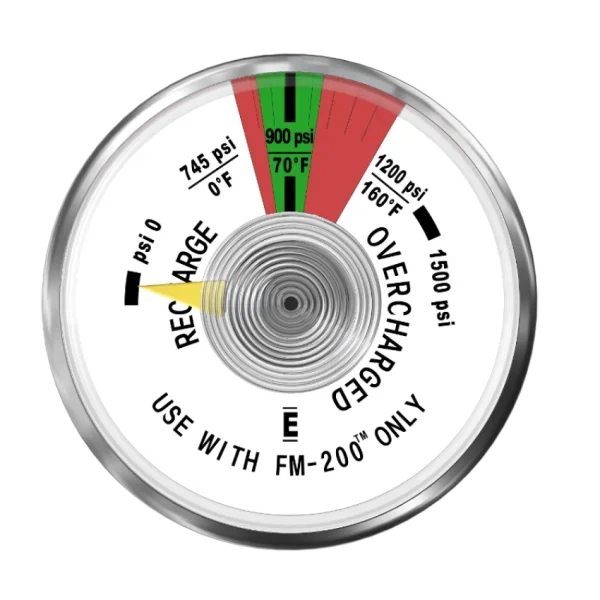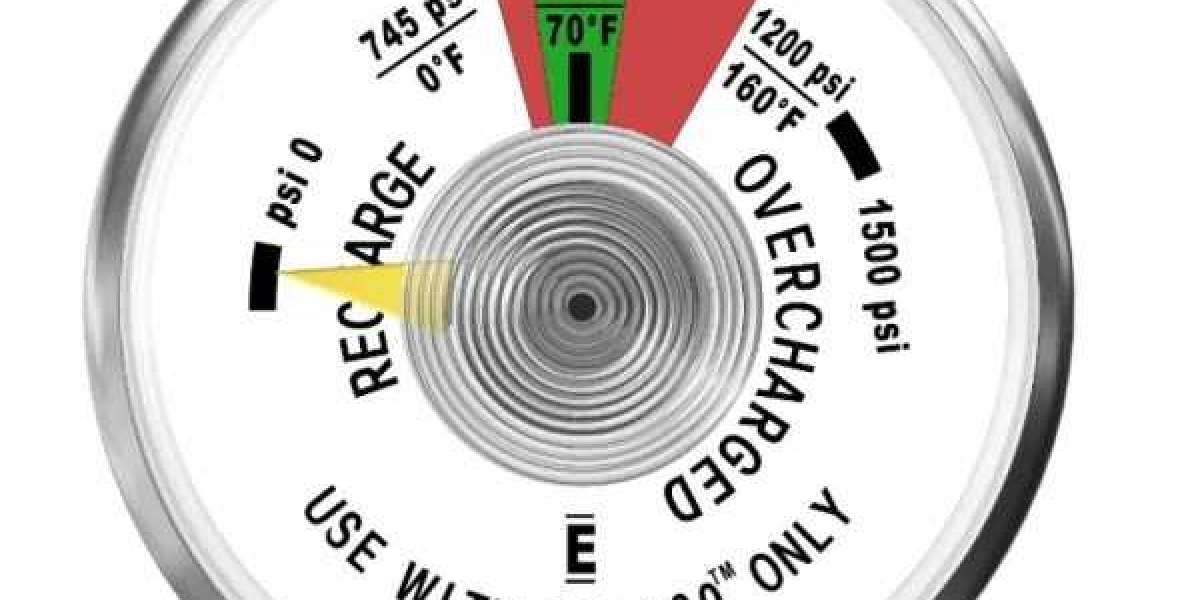When it comes to fire suppression systems, one of the most critical components is the pressure gauge. This gauge is responsible for measuring the pressure within the system and ensuring that it is operating at the correct level. Without a reliable pressure gauge, a fire suppression system can fail to activate when needed, putting lives and property at risk.
Choosing the right fixed fire suppression pressure gauge is essential to ensure the safety and effectiveness of your fire suppression system. In this blog post, we will provide you with some tips on how to choose the right fixed fire suppression pressure gauge for your system.
1. Determine the Type of Fire Suppression System
The first step in choosing the right fixed fire suppression pressure gauge is to determine the type of fire suppression system you have. There are different types of fire suppression systems, including wet pipe, dry pipe, pre-action, and deluge systems. Each of these systems has different pressure requirements, and the pressure gauge you choose must be compatible with the system.
For example, a wet pipe system requires a pressure gauge that can measure the pressure within the pipes when they are filled with water. On the other hand, a dry pipe system requires a pressure gauge that can measure the air pressure within the pipes. Therefore, it is essential to choose a pressure gauge that is compatible with your fire suppression system.

2. Consider the Pressure Range
The pressure range is another critical factor to consider when choosing a fixed fire suppression pressure gauge. The pressure range refers to the minimum and maximum pressure that the gauge can measure. It is essential to choose a pressure gauge that has a pressure range that is suitable for your fire suppression system.
For example, if your fire suppression system operates at a pressure range of 50-100 psi, you should choose a pressure gauge that can measure within this range. Choosing a pressure gauge with a pressure range that is too low or too high can result in inaccurate readings, which can lead to system failure.
3. Choose a Reliable Brand
When it comes to fire suppression systems, reliability is crucial. You want to choose a pressure gauge from a reputable brand that has a proven track record of quality and reliability. A reliable brand will ensure that the pressure gauge you choose is accurate, durable, and will perform as expected in an emergency.
4. Check for Certification
Another important factor to consider when choosing a fixed fire suppression pressure gauge is certification. The pressure gauge you choose should be certified by a recognized testing agency, such as Underwriters Laboratories (UL) or Factory Mutual (FM).
Certification ensures that the pressure gauge has been tested and meets specific safety and performance standards. Choosing a certified pressure gauge will give you peace of mind knowing that the gauge has been thoroughly tested and is safe to use in your fire suppression system.
5. Consider the Size and Mounting Options
The size and mounting options of the pressure gauge are also important factors to consider. The size of the pressure gauge should be appropriate for the size of your fire suppression system. A gauge that is too small may not be visible or easy to read, while a gauge that is too large may be difficult to install.
Mounting options are also important to consider. Some pressure gauges are designed to be mounted directly onto the fire suppression system, while others are designed to be mounted remotely. Remote mounting options allow for easier access to the gauge for maintenance and inspection.
6. Look for Additional Features
Finally, when choosing a fixed fire suppression pressure gauge, it is worth considering additional features that may be beneficial for your system. For example, some pressure gauges come with a built-in alarm that will sound when the pressure drops below a certain level. This can be helpful in alerting building occupants to a potential fire.
Other features to consider include a backlit display for easy reading in low light conditions, a tamper-proof design to prevent unauthorized adjustments, and a gauge that is resistant to vibration and shock.
Conclusion
Choosing the right fixed fire suppression pressure gauge is essential to ensure the safety and effectiveness of your fire suppression system. By considering factors such as the type of system, pressure range, reliability, certification, size and mounting options, and additional features, you can choose a pressure gauge that will perform as expected in an emergency. Remember to always choose a pressure gauge from a reputable brand and ensure that it is certified by a recognized testing agency.
Established since the year of 1985, Safestar Co., Ltd. has been dedicating in producing and researching the pressure gauges for fire extinguishers. Our products have got EN3-7 approval, Spanish AENOR certificate and UL approval. Striving for more than 40 years, now we have 230 employees and occupy an area of 5 hectares and building area of 30000 ㎡, possesses more than 120 sets of digital control machines , more than ten of automatic helium gas leaking test machines, more than twenty sets of automatic imaging calibration equipment and automatic production lines. We have high quality products, welcome to contact us!
https://www.safestar.com.cn/Tips-for-choosing-a-fixed-fire-suppression-pressure-gauge.html








